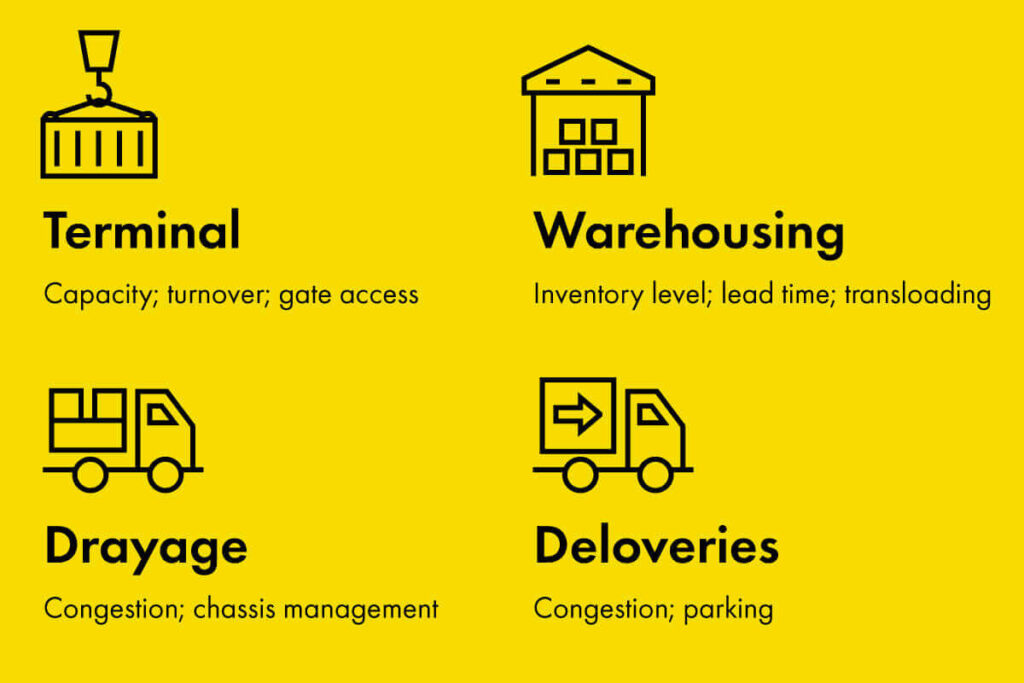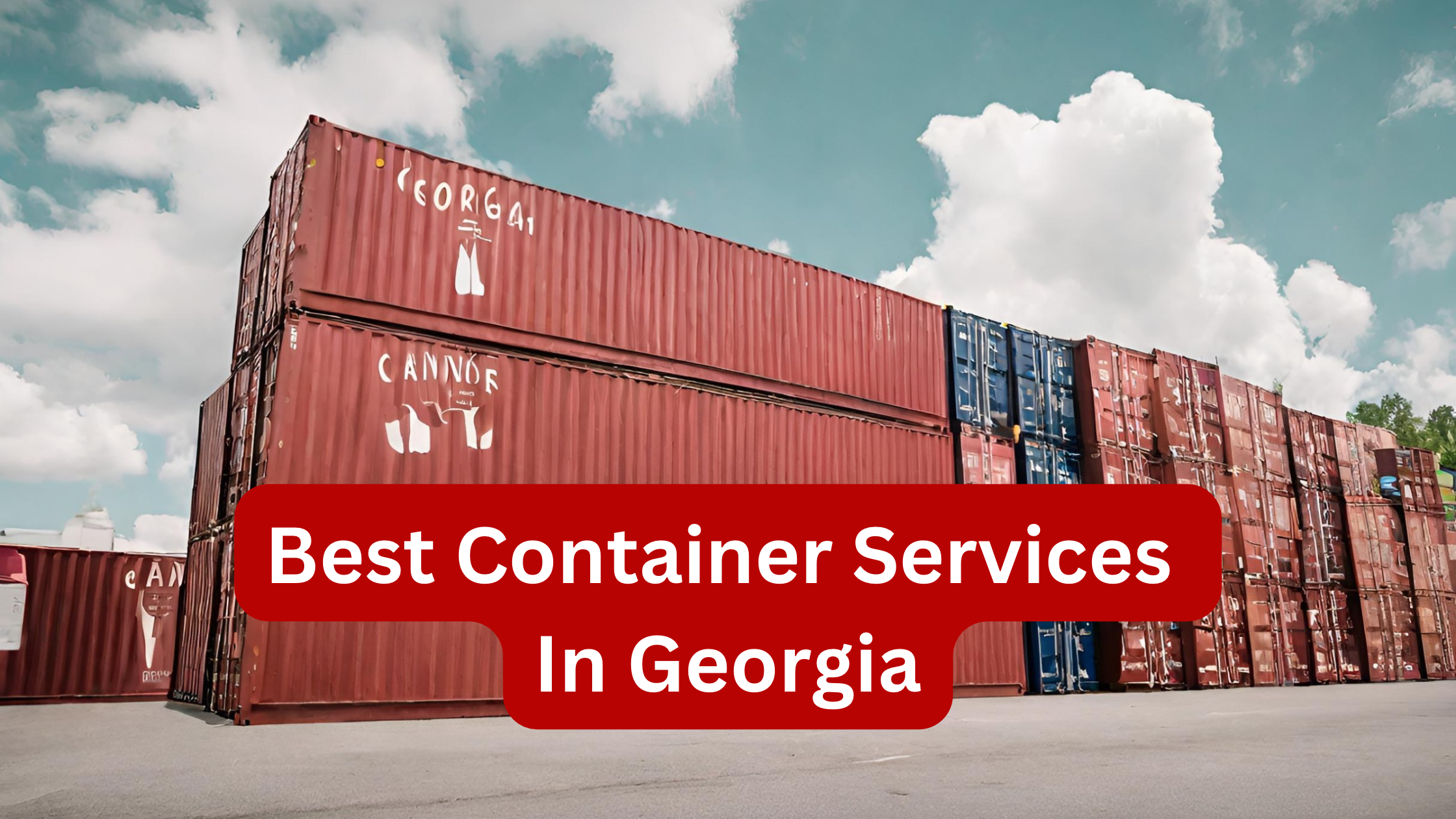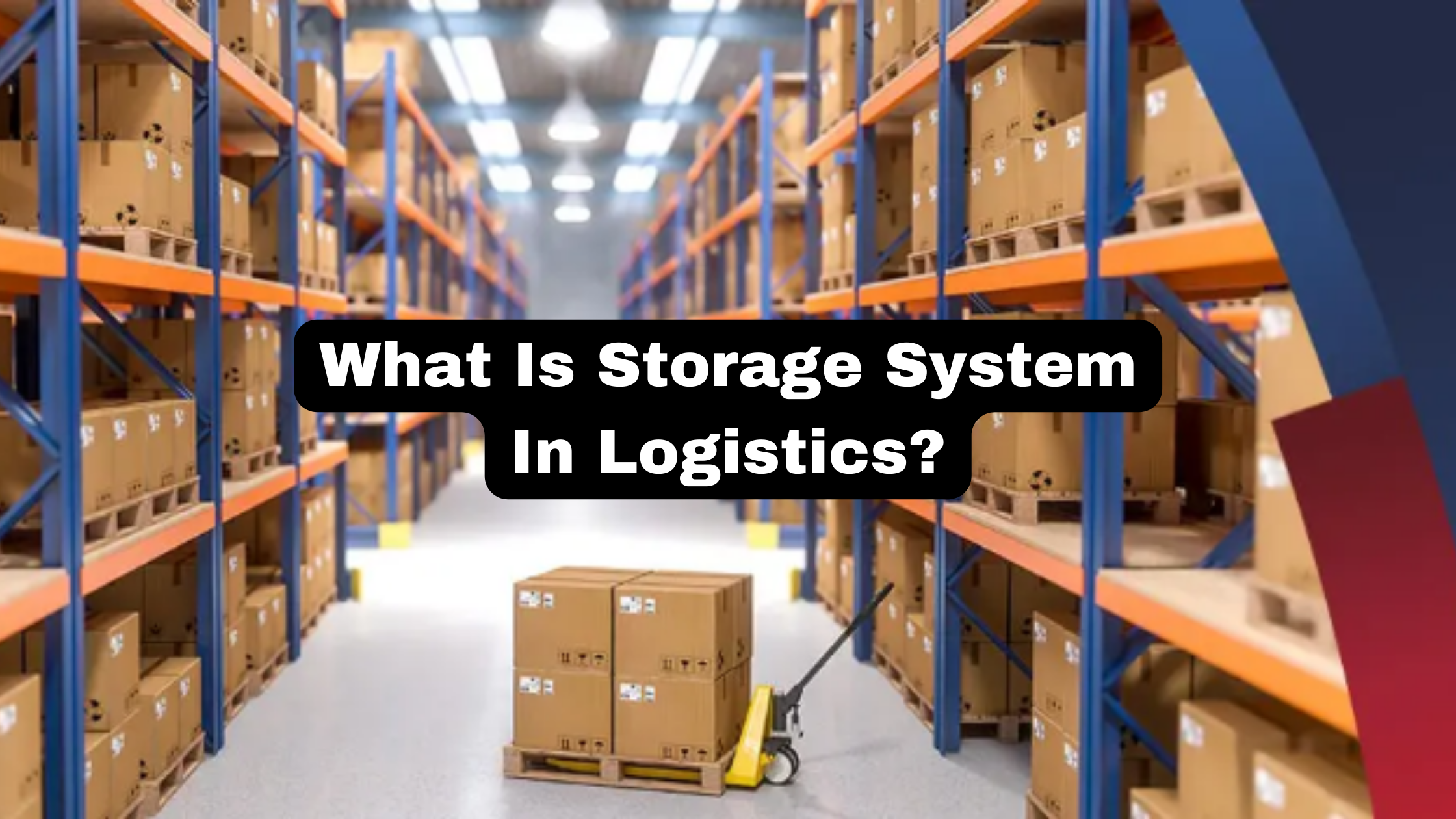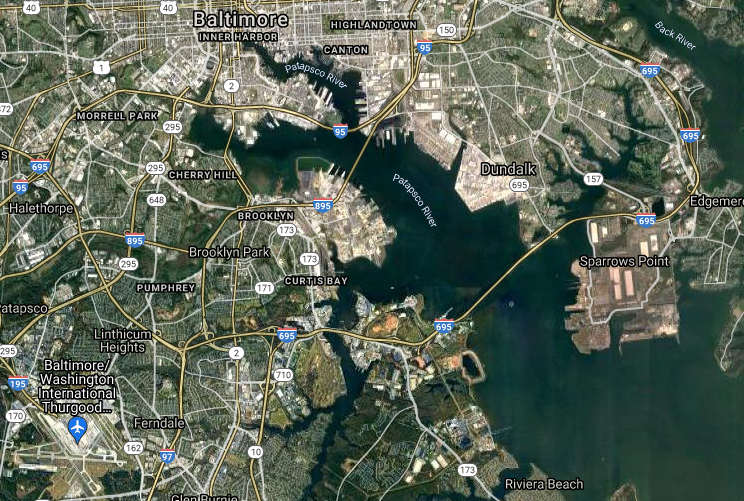Many of you are new to the logistics sector and may need to learn what last-mile drayage means. The previous mile drayage is the final leg of the supply chain, which includes delivering goods from a distribution center or transportation hub to their final destination.
It is no secret that this part of logistics directly affects your customer satisfaction regarding logistics operations. You want to make sure everything runs smoothly, whether the final destination is a retail store or a customer’s residence.
This seemingly small part of your supply chain greatly impacts cost efficiency, customer satisfaction, and overall supply chain performance. So, sit tight because we will be diving into challenges faced by companies regarding last-mile drayage and opportunities that can help you with supply chain optimization in the best way.
Challenges of Last Mile Drayage
The final mile drayage considerably impacts a supply chain in light of the following challenges that businesses may face.
Complex Delivery Network
The biggest challenge in light of last-mile drayage could be complex delivery networks. Traditional transportation models are less personalized than last-mile drayage operations. Plus, you must have accurate real-time visibility to ensure your customers don’t feel blacked out after ordering something.
All of this doesn’t only put money and reputation at stake here, but also there’s higher competition, as more companies are leveraging technology for the better. So, you want applause for a great last-mile drayage service. In that case, you need to find a way around delays, inefficiencies, and additional costs – everything that affects your supply chain performance.
Urbanization of Delivery Landscape
We have repeatedly discussed how delivery in rural areas could be a headache. With these areas more spaced out, costs skyrocket easily. However, last-mile drayage in urban areas isn’t a bed of roses either.
More people in urban areas tend to shop online than residents of rural areas. This raises new challenges for last-mile delivery providers, including traffic congestion, lack of parking areas, strict regulations (regarding the load, package material, etc.), and more. Ultimately, it results in higher delivery costs and times, along with the company’s reputation and revenue at stake, owing to lower customer satisfaction.
Customer Expectations
Ensuring that your customers are happy with their services is the ultimate goal for every B2B or B2C company. However, B2C companies find themselves prioritizing customer expectations a lot more because let’s face it: a customer is only going to buy from you if you show them that you value their opinions.
This is why companies are coming up with fast, flexible, and convenient delivery options. With e-commerce in the picture now, there is huge competition regarding delivery times(same-day or next-day delivery), product prices, and other benefits a customer gets from purchasing something. Meeting customer demands and expectations, therefore, is quite challenging yet fruitful if you do it right!
Opportunities of Last Mile Drayage
We talked about the challenges last-mile drayage service providers face. Now, let’s look at what it brings to the table once your company masters it!
Technology
Technology is continuously advancing, providing both businesses and consumers with leverage. If you are looking to optimize the last mile drayage operation, technology can come in handy.
GPS tracking, route optimization, and real-time data analysis relevant to the delivery make it easier to streamline the whole process. Using real-time data allows companies to make informed decisions about routing, vehicle utilization, and resource allocation, which can lead to cost savings and improved efficiency.
Alternative Delivery Models
Another huge opportunity for the last drayage lies in exploring your alternative delivery mode options. We have all heard about people communicating with letters through drones during the pandemic, right? Well, guess what? This is one of the substitutes for traditional vehicles used for last-mile drayage, employed widely for delivery in remote/inaccessible areas.
More delivery models, including crowdsourcing and lockers, can offer new ways to reach customers in a cost-effective and environmentally friendly way, with greater flexibility and convenience. Crowdsourcing involves using a network of independent contractors to deliver goods, which can be faster and more cost effective than traditional delivery models. Lockers provide a secure and convenient way for customers to pick up their orders.
Partnership and Collaboration
Last but not least, having a healthy collaboration can make just anything easier for you! Partnering with other companies who specialize in a certain part of supply chains is always fruitful for companies.
That way, you are doing more than just cutting some slack for your business but also onboarding someone who’s the best in a particular field. Collaborating with transportation providers, logistic companies, or independent contractors helps optimize delivery routes and cuts delays and additional costs.
The best part is you don’t have to worry if the final destination is urban or rural areas because such companies have shared delivery hubs or alternate solutions.
Endnote
In the USA, last-mile drainage is a crucial component of the supply chain and has a huge impact on how well a company’s logistics work. Complexity, urbanization, and customer expectations are some of the difficulties it brings, but it also creates opportunities for businesses that are prepared to innovate and improve their delivery processes.
Businesses can enhance last-mile delivery performance and obtain a competitive edge in the market by utilizing technology, alternative delivery models, partnership, and collaboration. In the longer run, if businesses need to succeed, they must keep ahead of the curve and adopt new delivery models and technology to stay competitive as customer expectations continue to change.








